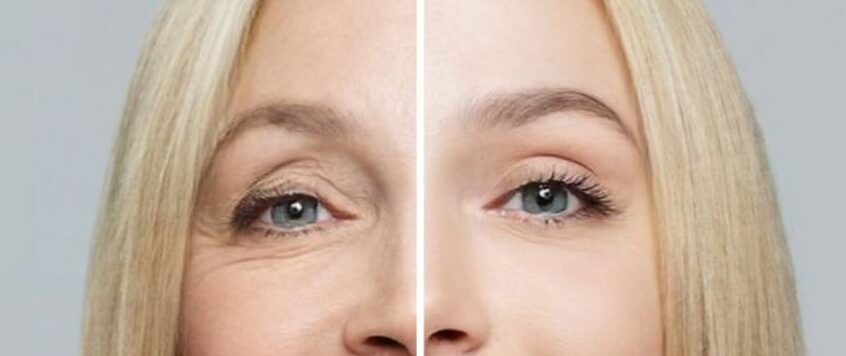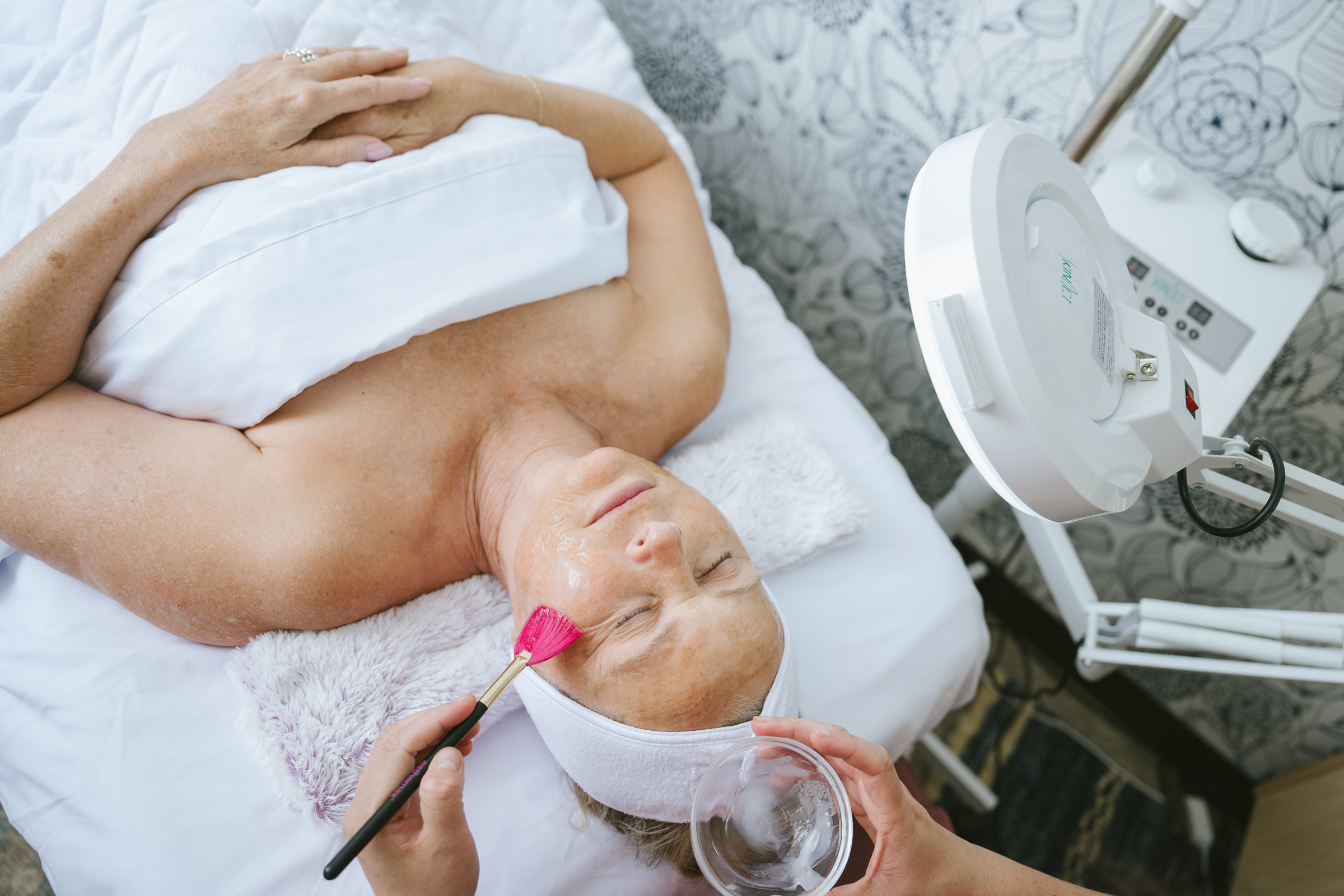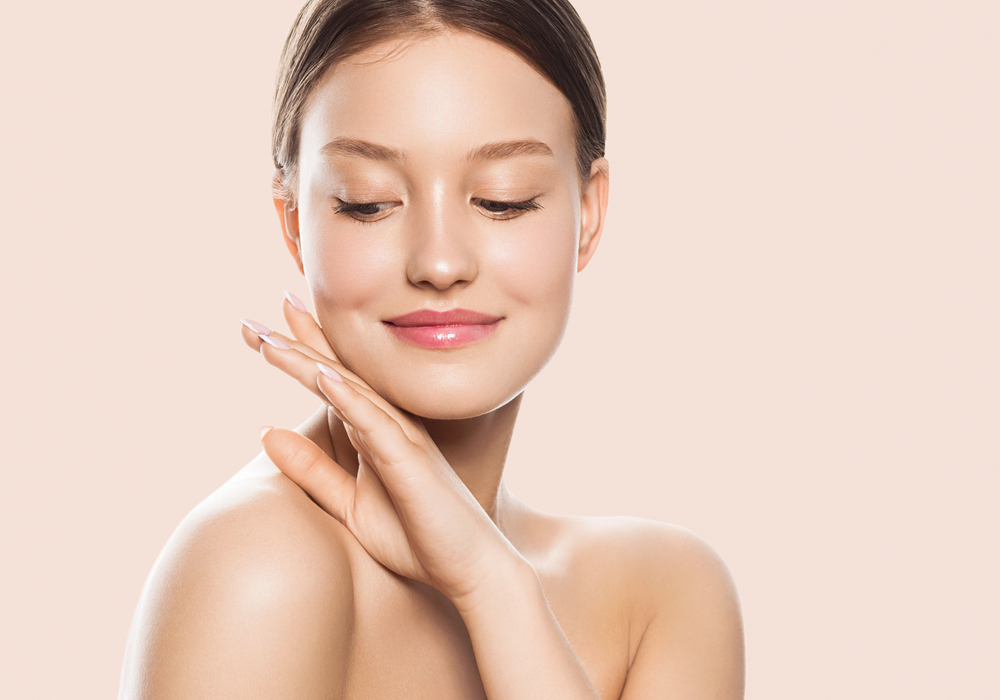Eye wrinkles—those small lines and creases around the eyes—are one of the earliest and most noticeable signs of aging. The delicate skin around the eyes is thinner and more sensitive than other areas of the face, making it more susceptible to fine lines, crow’s feet, and other signs of wear and tear.
Fortunately, advanced skin therapies can help restore a youthful appearance and smooth the eye area. If you are wondering how to address eye wrinkles effectively, we’ve got you covered.
From understanding their causes to knowing the different eye wrinkle treatments available, you can take control of your skin’s future. Read on to discover how you can reclaim youthful eyes.
What Are Eye Wrinkles?
Eye wrinkles are small lines and folds in the skin around the eyes, particularly at the corners (often called crow’s feet) and underneath. These wrinkles form due to a combination of natural aging, repetitive facial movements, and environmental factors.
As we age, the body produces less collagen and elastin, which are responsible for keeping skin firm and resilient. With fewer of these key proteins, the skin begins to sag and form wrinkles, especially around the delicate eye area.
Eye wrinkles can range from fine lines to deeper folds, and while they are a normal part of aging, there are ways to treat and prevent them to maintain a youthful appearance.
Causes of Eye Wrinkles
Eye wrinkles, particularly crow’s feet, under-eye lines, and fine creases, develop as a result of various internal and external factors. While aging is an inevitable part of life, there are several key reasons why wrinkles form around the delicate eye area.
Understanding these causes can help you make informed decisions about prevention and treatment:
Aging and Collagen Loss
The primary cause of eye wrinkles is natural aging. As we age, our skin produces less collagen and elastin, the proteins responsible for keeping skin firm and resilient. With time, this loss leads to sagging and the formation of fine lines, particularly around areas that experience repetitive movement, like the eyes. The thin skin in this region becomes less elastic and more prone to creasing.
2. Repeated Facial Movements
Constant facial expressions—whether smiling, squinting, or frowning—cause the muscles around the eyes to contract repeatedly. Over time, these movements create dynamic wrinkles like crow’s feet. The skin loses its ability to bounce back after these movements, causing fine lines to become more permanent.
3. Sun Exposure
The sun’s harmful ultraviolet (UV) rays are a major contributor to premature wrinkles, especially around the eyes. Prolonged exposure to the sun accelerates the breakdown of collagen and elastin, leading to photoaging. Without proper protection, the sensitive skin around the eyes is particularly vulnerable to UV damage, which can cause fine lines, sun spots, and deeper wrinkles.
4. Dehydration and Dry Skin
When the skin lacks moisture, it becomes less supple and more prone to wrinkling. The under-eye area is already thinner and has fewer oil glands, making it more susceptible to dehydration. Without adequate hydration, fine lines can form or worsen, giving the appearance of tired or aged skin.
5. Environmental Factors
Pollution, smoking, and exposure to toxins in the environment can also accelerate the formation of eye wrinkles. Smoking depletes the skin of oxygen and essential nutrients, causing premature aging. Environmental pollutants can generate free radicals that break down the skin’s structure, leading to oxidative stress, which further contributes to wrinkles.
6. Lack of Proper Eye Care
Neglecting the use of specialized eye creams or protective products can worsen the appearance of wrinkles over time. The skin around the eyes requires gentle, targeted care to prevent early signs of aging. Without a dedicated skincare regimen that includes antioxidants, moisturizers, and sunscreen, the delicate eye area becomes more vulnerable to damage.
7. Genetics
Genetics play a significant role in how and when wrinkles form. Some people are genetically predisposed to developing eye wrinkles earlier due to inherited skin types or facial structures. For those with a family history of premature wrinkles, it’s crucial to start preventive measures early, as their skin may naturally lose elasticity more quickly.
8. Poor Sleep Habits
Not getting enough sleep or sleeping in a way that puts pressure on the delicate eye area can also contribute to the formation of wrinkles. Lack of sleep leads to dark circles, puffiness, and the breakdown of collagen, while sleeping on your side or stomach can cause the skin to fold, increasing the risk of wrinkles over time.
By identifying and addressing these causes early on, you can adopt the necessary preventive measures and treatment options to reduce the appearance of eye wrinkles and maintain a youthful appearance for years to come.

Types of Eye Wrinkles
Not all eye wrinkles are created equal. Different types of wrinkles form in various areas around the eyes, and understanding these differences can help you choose the best treatment.
Crow’s Feet
These are the small lines that radiate from the outer corners of the eyes, often appearing when you smile or squint. Crow’s feet are typically the first wrinkles to appear because of how often we use the muscles in this area.
Under-Eye Wrinkles
These are the fine lines that form just beneath the lower eyelid. Under-eye wrinkles are often caused by dehydration, sun damage, and the thinning of the skin with age. They tend to make the eyes look tired and aged.
Dynamic Wrinkles
Dynamic wrinkles are the result of repeated muscle movement—such as squinting or smiling. These wrinkles tend to appear at a younger age and can become more permanent over time.
Static Wrinkles
Unlike dynamic wrinkles, static wrinkles are visible even when your face is at rest. These lines are caused by the natural loss of collagen and elastin as you age, and they tend to become more pronounced over time.
Ways to Avoid Eye Wrinkles
While it is impossible to avoid aging altogether, you can take steps to prevent premature eye wrinkles and minimize their appearance. Here are some key strategies to help protect the delicate skin around your eyes:
- Use Sunscreen Daily. Sunscreen is your first line of defense against UV damage, which is one of the leading causes of premature wrinkles. Apply a broad-spectrum sunscreen with at least SPF 30 around the eyes every day, even on cloudy days.
- Stay Hydrated. Keeping your skin well-hydrated is important in preventing wrinkles. Drink plenty of water and use a moisturizing eye cream to maintain skin hydration, particularly if you live in a dry climate.
- Wear Sunglasses. Sunglasses not only protect your eyes from UV rays but also prevent squinting, which can lead to the formation of crow’s feet. Look for sunglasses that offer 100% UV protection to shield your eyes from harmful rays.
- Quit Smoking. If you smoke, quitting is one of the best things you can do for your skin. Smoking reduces blood flow to the skin, breaking down collagen and elastin. Quitting smoking will help your skin recover and slow the formation of wrinkles.
- Incorporate Antioxidants Into Your Skincare. Antioxidants, such as vitamin C and vitamin E, help protect your skin from environmental damage. Incorporating serums or creams with these ingredients can prevent the breakdown of collagen and elastin.
Eye Wrinkle Treatments We Offer
If you are already dealing with eye wrinkles, don’t worry—there are advanced anti-aging eye treatments treatments available to help reduce their appearance and smooth your skin.
Duluth Med Spa offers a range of non-invasive treatments that target eye wrinkles, from fine lines to deeper folds. Here are some of the most effective options:
- Botox®. Botox® is a tried-and-true treatment for dynamic wrinkles like crow’s feet. By temporarily relaxing the muscles that cause wrinkles, Botox® can smooth out fine lines and prevent deeper wrinkles from forming. Results typically last three to four months, making it a popular choice for eye wrinkle treatment.
- Aerolase Neo Lite. Aerolase Neo Lite uses laser technology to stimulate collagen production and reduce fine lines around the eyes. This treatment is particularly effective for individuals with sensitive skin, as it is gentle yet delivers visible results.
- Venus Viva – Skin Resurfacing. Venus Viva is a non-surgical treatment that improves skin texture, tightens the skin, and reduces wrinkles. This treatment uses radiofrequency energy to promote the natural healing process, leading to smoother, firmer skin around the eyes.
- IPL Photofacial. IPL (Intense Pulsed Light) treatments are effective for reducing sun damage and minimizing wrinkles caused by hyperpigmentation. This light-based therapy helps even out skin tone and improve the overall appearance of the eye area.
- Microneedling. Microneedling stimulates collagen production by creating micro-injuries in the skin. This process helps the skin heal itself and smooth out fine lines and wrinkles around the eyes. The treatment can be combined with serums or PRP (platelet-rich plasma) for enhanced results.
- LED Light Therapy. LED light therapy uses different wavelengths of light to stimulate skin repair and collagen production. It’s a gentle, non-invasive treatment that can be used to reduce the appearance of fine lines and wrinkles around the eyes over time.

If you are ready to say goodbye to eye wrinkles and rejuvenate your appearance, Duluth Med Spa in Duluth, MN, has the solution. From Botox® to advanced skin resurfacing techniques, we offer a variety of treatments tailored to your specific needs.
Book a consultation today and discover how we can help you achieve smoother, more youthful skin around your eyes with our eye wrinkle treatments!






